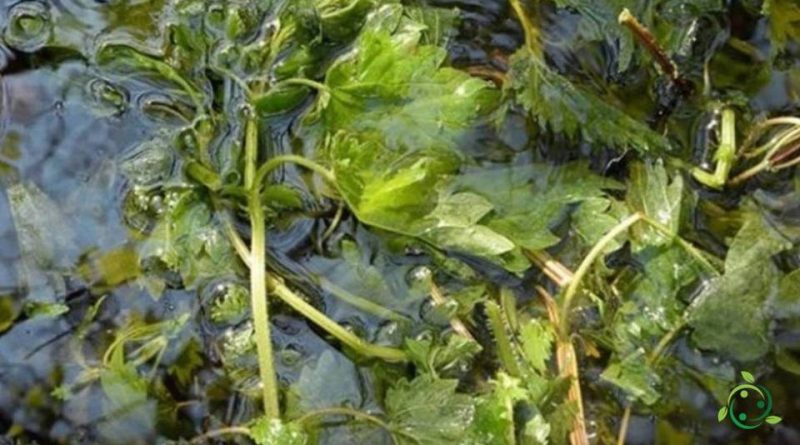The Macerates
The Macerates
Macerates, used in agriculture, are preparations used for various purposes but, basically, as fertilizers or as repulsive substances for some pathogens.
The vegetable substances from which macerates can be obtained are many and particularly useful in organic production; each plant has specific properties, dosages and peculiar characteristics.
Maceration is a solubilization operation consisting in treating certain substances with water or other solvents at room temperature to extract certain components. The maceration time varies according to the active ingredient that needs to be extracted.
Garlic Macerate: Garlic macerate has a pungent odor but is excellent against aphids and plant bacteria.
Absinthe macerate: a very useful macerate is obtained from absinthe to repel ants, aphids, noctuids and voles.
Horsetail macerate: horsetail macerate is used, in particular, as a biological fungicide.
Macerate of Fern: this preparation is mainly used as a repellent for small insects (cochineal, aphids and mites).
Mint Macerate: excellent preparation to keep ants away especially.
Nettle macerate: Nettle macerate is perhaps the most used both as a fertilizer and against some pathogens.
Chilli macerate: this macerate exploits the properties of the capsaicin contained in hot peppers as a repellent of small insects (cochineal, aphids and mites).
Tomato Macerate: it is obtained from tomato leaves and is useful to defend oneself above all from cabbage.
Rhubarb Macerate: this macerate takes advantage of the oxalic acid properties of rhubarb leaves and is used against aphids.
Elderberry macerate: elderberry macerate is particularly suitable against mice and voles.
Tansy macerate: this macerate is an excellent repellent for spider mites, nematodes and larvae in general (especially nocturns and cabbage).

